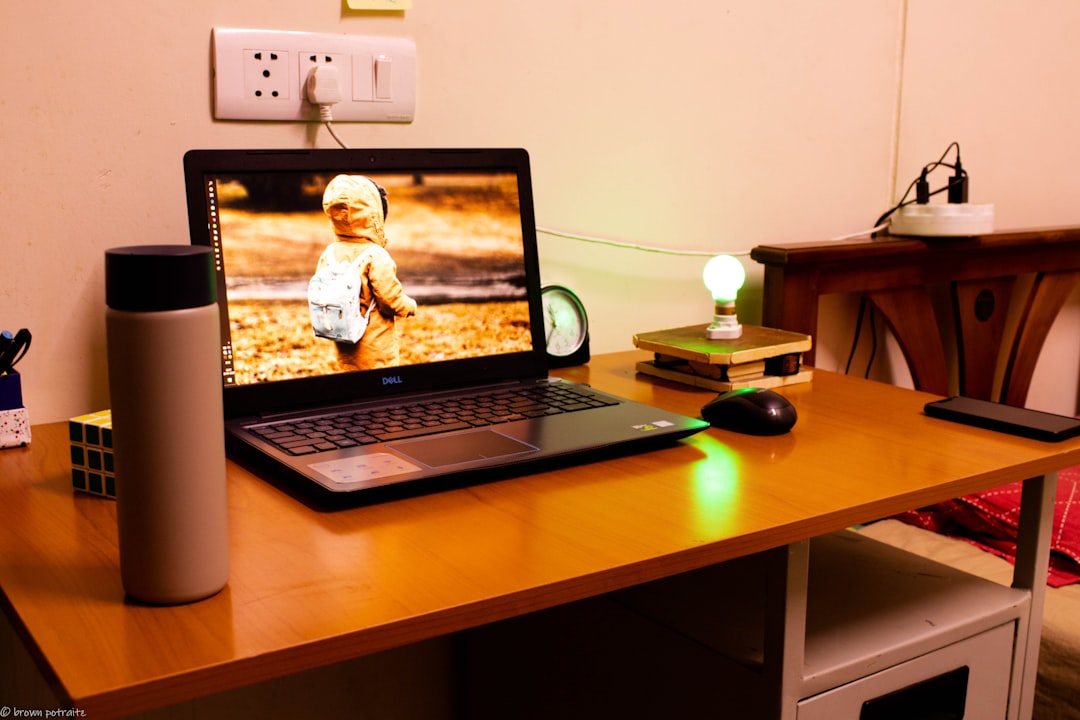Are you tired of the loud clicking and clacking of your keyboard? Do you find yourself constantly apologizing for the noise during meetings or while working in a shared space? If so, you’re not alone. Many people struggle with noisy keyboards, especially those with mechanical switches.
But fear not, there are simple ways to silence your keyboard and make it more pleasant for you and those around you. In this article, we’ll explore 6 simple ways to make your keyboard quieter.
Why Do Keyboards Make Noise?
Before we dive into the solutions, let’s first understand why keyboards make noise in the first place.
Traditional keyboards, also known as membrane keyboards, have a rubber dome under each key that makes contact with a circuit board when pressed. This creates a soft, quiet sound.
On the other hand, mechanical keyboards have individual switches under each key that make contact with a metal plate when pressed. This creates a louder, more tactile sound.
While some people prefer the satisfying click of a mechanical keyboard, others find it distracting and disruptive. If you fall into the latter category, keep reading for ways to silence your keyboard.
1. Use O-Rings
by Karly Jones (https://unsplash.com/@earthtokarly)
One of the simplest and most effective ways to silence your keyboard is by using O-rings. These small rubber rings can be placed on the stem of each keycap to dampen the sound of the key hitting the metal plate.
O-rings come in different thicknesses, so you can choose the level of sound dampening that works best for you. They are also relatively inexpensive and easy to install, making them a popular choice among keyboard enthusiasts.
2. Switch to Silent Switches
If you have a mechanical keyboard, you may want to consider switching to silent switches. These switches are specifically designed to reduce the noise of a mechanical keyboard.
Silent switches use a different mechanism than traditional mechanical switches, resulting in a quieter typing experience. They are available in various types, such as linear, tactile, and clicky, so you can choose the one that best suits your typing style.
3. Apply Sound Dampening Material
by Nejc Soklič (https://unsplash.com/@nejc_soklic)
Another way to silence your keyboard is by applying sound dampening material to the inside of your keyboard case. This material, such as foam or rubber, absorbs sound and reduces the noise produced by the keyboard.
You can purchase pre-cut sound dampening material specifically designed for keyboards, or you can use materials you may already have at home, such as foam or rubber bands. Simply cut the material to fit inside your keyboard case and enjoy a quieter typing experience.
4. Lubricate Your Switches
by Roman Rodriguez (https://unsplash.com/@romanrguez)
If your keyboard is making a lot of noise, it could be due to friction between the switch components. This can be solved by lubricating your switches with a thin lubricant, such as Krytox or Tribosys.
Lubricating your switches can reduce the noise and also improve the feel of your keyboard. However, it’s important to note that this process can be time-consuming and may require some technical knowledge. If you’re not comfortable taking apart your keyboard and lubricating the switches yourself, it’s best to seek professional help.
5. Use a Keyboard Cover
by Shot by Cerqueira (https://unsplash.com/@shotbycerqueira)
If you’re working in a shared space or have a particularly loud keyboard, you may want to consider using a keyboard cover. These covers are made of soft, flexible material and can be placed over your keyboard to reduce the noise produced by typing.
Keyboard covers are also great for protecting your keyboard from dust, spills, and other debris. They are available in various sizes and can be easily removed and washed when needed.
6. Try a Different Keyboard Layout
by Hariprasath P (https://unsplash.com/@prasathh3)
If you’re open to trying something new, you may want to consider switching to a different keyboard layout. The QWERTY layout, which is the most common, was designed for typewriters and may not be the most efficient or comfortable for typing on a computer.
Alternative layouts, such as Dvorak or Colemak, are designed to reduce finger movement and strain, resulting in a quieter typing experience. While it may take some time to get used to a new layout, many people find that it improves their typing speed and accuracy.
Conclusion
There you have it, 6 simple ways to silence your keyboard and make it more pleasant for you and those around you. Whether you choose to use O-rings, switch to silent switches, or try a different keyboard layout, there are plenty of options to help reduce the noise of your keyboard.
Remember, it’s important to find a solution that works best for you and your typing style. So don’t be afraid to experiment and find the perfect way to silence your keyboard. Happy typing!





